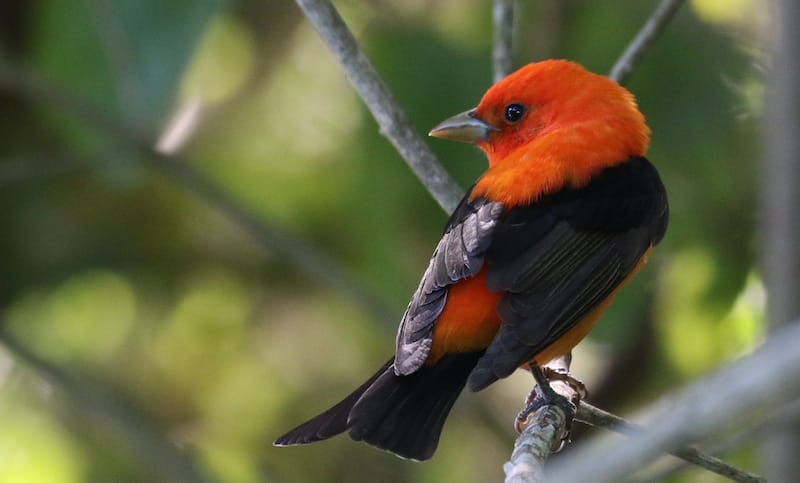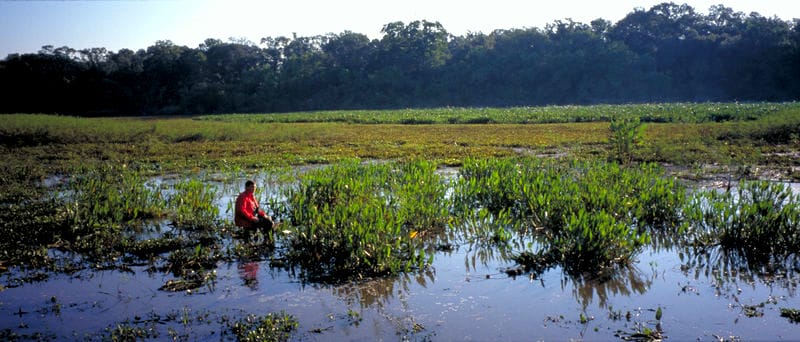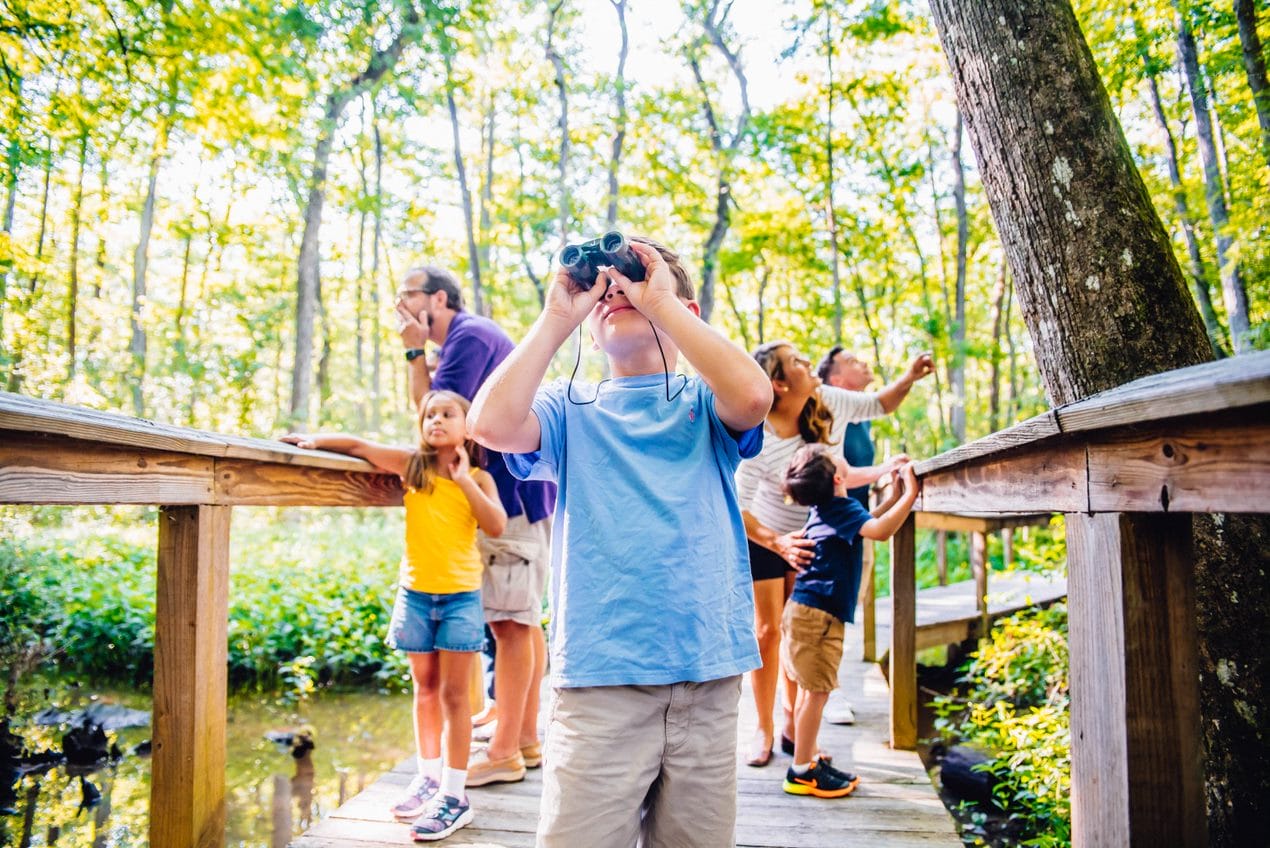
A safe haven for nature’s toughest travelers
A safe haven for nature’s toughest travelers
If you’re one of the millions of Americans gearing up for a cross-country trip in the next few weeks, you know you’re in for all the joys of holiday travel: the traffic, the long lines at security, the weather delays. So if you find yourself in the middle seat starting to wish you’d stayed home, it might help to think about the long-distance travelers of the natural world: migratory birds.
Take a mental flight south with us, to Texas.

Many people recognize the signature “V” formation of Canada geese flying south for the winter, but few give much thought to where they’re actually going. For some, the destination is the San Bernard National Wildlife Refuge in Brazoria, Texas. It’s not exactly the state’s most famous tourist spot–but among winged visitors, it’s very, very popular: more than 320 species of bird can be found here at some point during the year.
That’s in part because of the wide range of habitat available at the refuge, from salt and freshwater wetlands to coastal prairie and old-growth bottomland forest. There’s also its location on the Central Flyway, a migration corridor that runs from central Canada, through the Great Plains, to the Gulf of Mexico. For songbird species who fly up from the tropics to breed, it’s a vital stopping point after arriving—hungry and exhausted—after the long flight over the Gulf of Mexico.

The refuge is in a good spot for people, too: just an hour’s drive from Houston. For city-dwellers, it’s an escape to a different side of Texas—a place to hike, paddle, explore, and get an up-close look at migrating birds from boardwalks and viewing platforms within the wetlands.
A flock of birds converging on the shoreline is an awe-inspiring sight, all the more so because in some ways it remains a mystery. Scientists still don’t fully understand how birds manage these long journeys: they may navigate by the stars, the wind, the location of the sunrise and sunset on the horizon—or even the Earth’s magnetic fields.
One way or another, migrating birds brave the elements to travel thousands of miles a year. The bird world abounds with hardy travelers: from the bar-headed goose, with a cruising altitude more than five miles above sea level, to the bar-tailed godwit, which can fly almost 7,000 miles without stopping.

With luck, your flight won’t require any such feats of strength or endurance. However you’re spending the holidays, we hope your journey ends somewhere warm and safe and full of family—your own place of refuge, wherever that may be.
This raw, beautiful landscape in Southern California is home to Indigenous heritage sites, and it provides critical habitat for threatened and endangered species. Urge President Biden to safeguard this extraordinary landscape today!


Donate to become a member, and you’ll receive a subscription to Land&People magazine, our biannual publication featuring exclusive, inspiring stories about our work connecting everyone to the outdoors.
See how our supporters are helping us connect people to the outdoors across the country.











